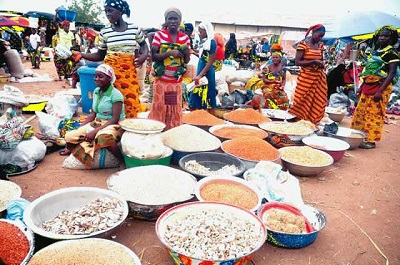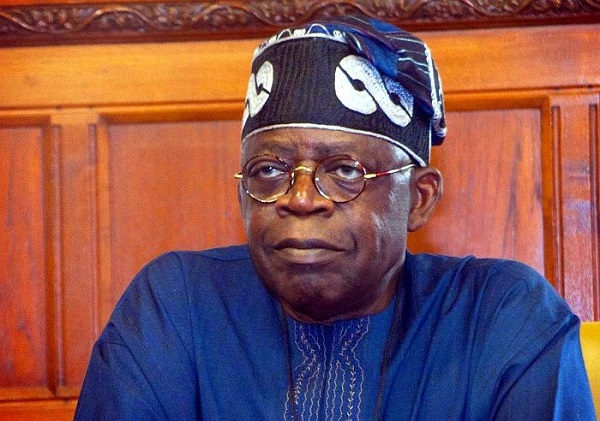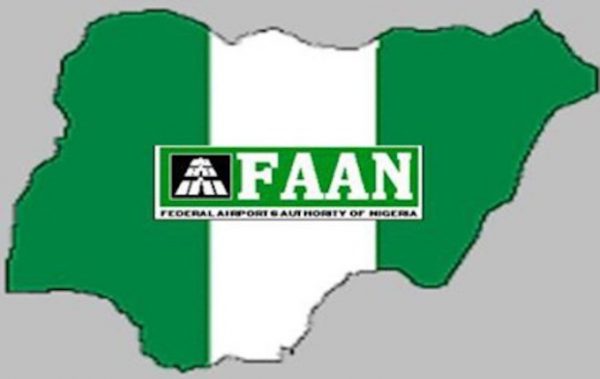“So long as you have food in your mouth, you have solved all questions for the time being”- Franz Kafka
With the continuous rise in food prices, Nigerians are in doubt if they will be able to afford a daily meal in the coming month(s), as three square meals are no longer part of their daily plan.
A visit to the market recently reveals that the cost of food items has increased sporadically making life increasingly difficult for Nigerians, especially the low-income earners, unemployed and other vulnerable people.
A sampled market survey revealed that a small sachet of Dangote sugar, which was sold at N50 now sells at N150 while that of N100 before now sells at N300. Milo refill (1kg) has increased from N1, 700 to N2, 000 or more while a 1kg of tin Milo formerly sold at N2, 000 now sells at N2, 700 or more. A Derica of beans previously sold between N250 and N300 is now sold for N500 or more. A ‘paint’ bucket of garri, which is sold for around N350, is now sold for N1,500. A piece of yam tuber which is initially sold for N500 or N600 is now between N1,000 and N1,200. 75cl plastic table water which is initially sold for N50 is now sold between N70 and N100. Sachet water is now N20 or three for N50. Even small sachets of milk, which were sold for N40 or N50, are now sold for N60 or N70. And the list goes on.
The high cost of foodstuffs has forced restaurants, including roadside bukkas and Mama put joints, to increase the prices of different dishes on their menu.
Recent data released by the National Bureau of Statistics (NBS), revealed that Nigeria’s inflation rate stood at 18.12% in April 2021, although it dropped a little to 17.93% in May 2021. The report also showed that the food inflation rate rose to 22.95 per cent in March 2021 compared to 21.79 per cent in February 2021.
The increase has further reduced the purchasing power of most consumers who are already cash-strapped due to the economy, high unemployment rate and inflation. It also adds to the drastic increase of taxes and utility bills such as electricity, waste and all kinds.
While COVID has played a huge role, many have blamed the government who keeps borrowing and spending more than its IGR. Other contributory factors include land border closure; the devaluation of the Naira; insecurity in farming communities; kidnapping and banditry; increase in the cost of production; the government’s economic policies; the price of fuel; the national debt; reduction in productivity; high taxes and levies; high exchange rate; rising unemployment, and so on.
Jollof rice is now usually eaten only on Sundays, festive occasions or Owambe because of its high cost. Those who suffer most are the labourers who are in no position to demand the higher income needed to keep up with the rising prices of food items, even the minimum wage income earners are not left out.
Many have resulted to work longer hours while some find it difficult or even impossible to secure a job because of the high rate of unemployment. They are forced to devote each day to the unending and often fruitless task of searching for food. The result is the increase in the migration of youths in their early 20s and 30s to search for greener pastures. But the grass outside Nigeria isn’t always greener as they face real and expensive challenges of relocating, settling into a new country and starting over.
 MMS PLUS NG – Maritime, Aviation, Business, Oil and Gas News Online Newspaper with coverage in Maritime, Oil and Gas, Aviation, Power and Energy as well as Financial News
MMS PLUS NG – Maritime, Aviation, Business, Oil and Gas News Online Newspaper with coverage in Maritime, Oil and Gas, Aviation, Power and Energy as well as Financial News










